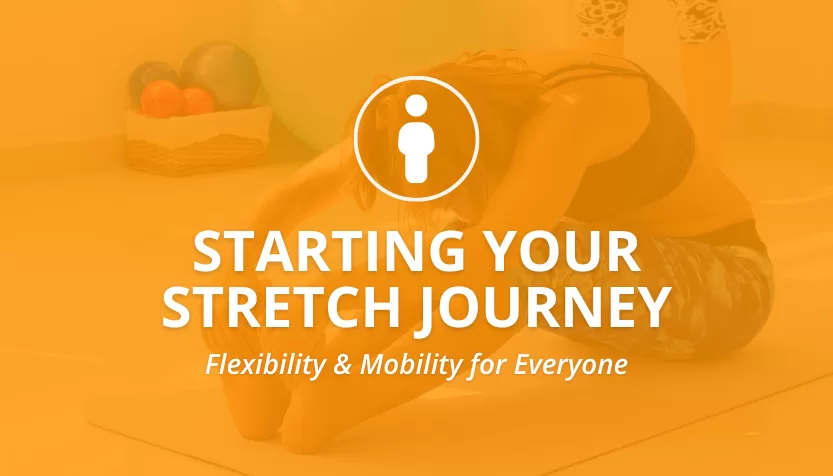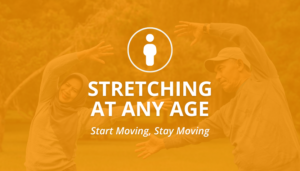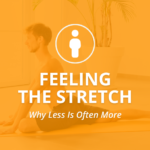Starting Your Stretch Journey: Flexibility & Mobility for Everyone
- By Brett Schaffner
- In Stretching

Feeling inflexible? You’re not alone. Many people believe they are too stiff to start stretching, but the truth is that everyone has to start somewhere. In this blog, we’ll explore practical strategies for beginning your stretch journey, emphasizing the importance of listening to your body, using props, and following our core principles of Full Relaxation, Breathe to Relax, and Time Under Passive Tension.
Embracing Where You Are
The first step in starting a stretching routine is accepting your current flexibility level. Forget about touching your toes or performing a perfect deep squat on day one. Stretching is a personal journey, and comparing yourself to others only sets you back. Focus on your own progress and celebrate small victories along the way.
Using Props for Support
Props are invaluable tools for those beginning their flexibility journey. They help modify stretches to meet your current capabilities, ensuring you can perform exercises safely and effectively. They also set a good foundation to using props long into your stretching practices, as they can always provide additional support and help ensure correct alignment, no matter how flexible you are.
- Example for Squats: If a deep squat is out of reach, use a stool or a chair. Start by squatting down slowly into the chair, keeping your feet flat on the ground. Stand back up with control. This modification helps you engage the correct muscles while maintaining safe form, knowing that the chair is there if you fall. Try to not commit your entire weight into the seat, but rather a light touch, then push back up.
- Example for Forward Folds: If touching your toes feels impossible, put a slight bend in your knees during a forward fold. This adjustment helps maintain a straight back while still engaging your hamstrings and lower back.
Applying the Three Principles
- Full Relaxation: Allow your body to relax into each stretch without forcing it. Let gravity help you deepen the stretch rather than pushing too hard.
- Breathe to Relax: Focus on your breathing to enhance the relaxing effects of each stretch. Inhale deeply through your nose and exhale slowly through your mouth. This not only helps maintain relaxation but also increases your stretch tolerance.
- Time Under Passive Tension: Hold each stretch for longer durations, aiming for a minimum of two minutes, up to five minutes as you progress. This principle helps your muscles adjust and elongate over time, enhancing your flexibility.
Building a Routine
Consistency is key in any flexibility journey. Try to integrate stretching into your daily routine. Even just 15 minutes a day can make a significant difference over time. Remember, flexibility is built gradually.
Wrapping Up
Starting your stretch journey when you feel inflexible can be daunting, but with the right approach, it is entirely achievable. Remember, stretching is for everyone, not just the naturally flexible. Embrace your starting point and use the tools and techniques discussed to slowly build your flexibility and mobility.
Interested in personalize support?
If you’re looking for more tailored advice or need help developing a stretching routine that fits your specific needs or limitations, consider signing up for one-on-one stretch coaching.
- Share:
You may also like

Stretching at Any Age: Start Moving, Stay Moving
- July 31, 2024
- by Brett Schaffner
- in Stretching

Enhancers, Not Limiters: Embracing Props in Stretching

Stretching Myths Debunked: What You Thought You Knew


